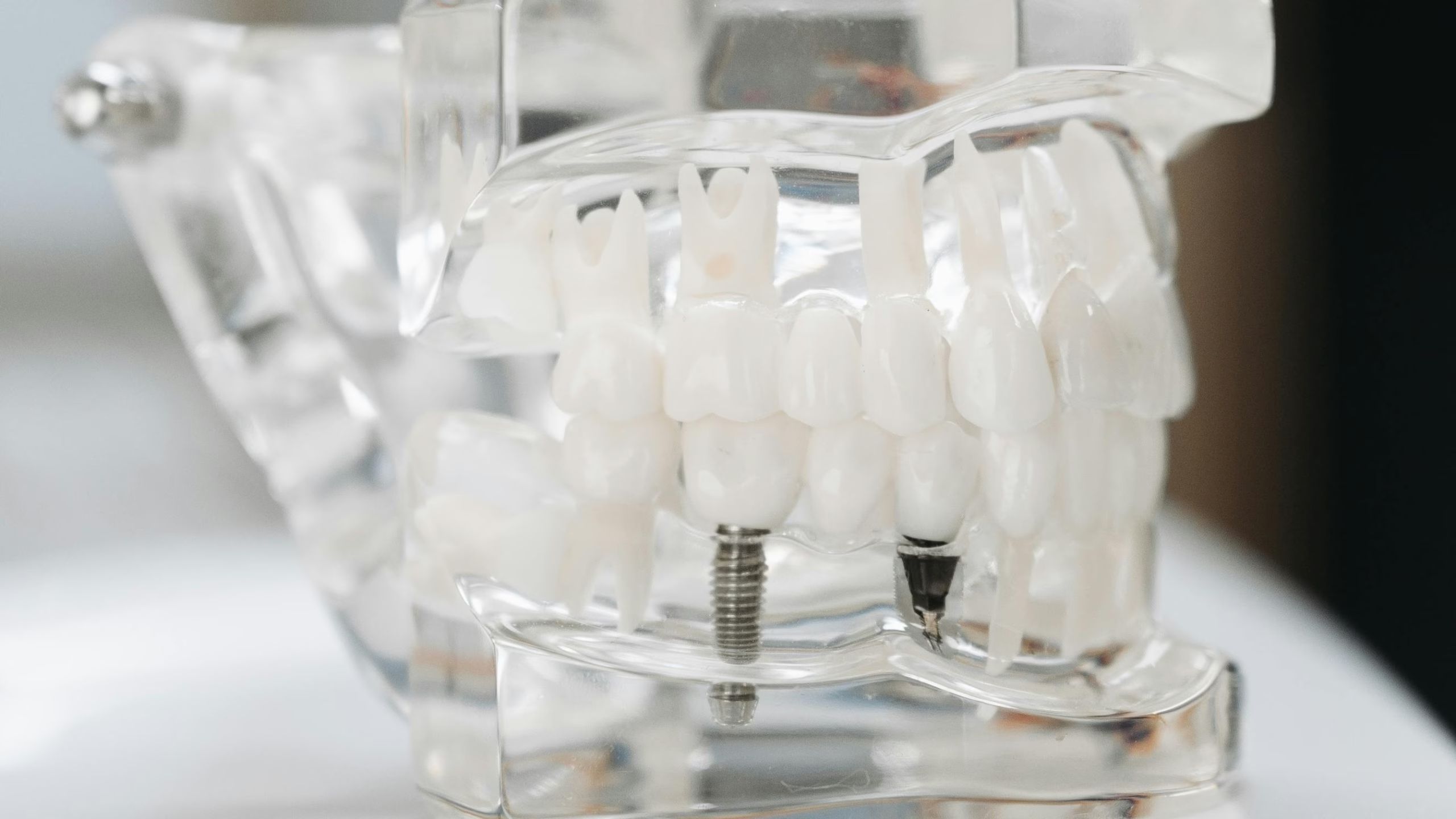
Everything You Need To Know About A Dental Implant Procedure
Any missing tooth is more than an accident with the teeth. It changes the way you eat, talk, and even smile. Despite the popularity of bridges and dentures, dental implants have become the most trustworthy way of closing gaps between teeth. They are stable, natural-feeling, and long-lasting. But few actually understand what goes on in the procedure. The process is complicated, but boiled down to its essentials, it is easier to comprehend.
Step 1: Initial consultation
The first step of how dental implant is done begins with a consultation. The dentist looks at the condition of the mouth, gums, and jawbone. X-rays or scans are usually taken to see if the bone is thick enough to hold an implant. If the bone is thin or not strong, a bone graft may be suggested before proceeding. This first step is preparing the mouth healthy enough for treatment.
Step 2: Preparing the area
If there is a fractured tooth that already fills the space, then this has to come out. The area is cleaned and the dentist makes sure that there is no infection or gum disease. There must be good gums since it is on them that implants will recover. In some instances where bone shaping is an issue, inserting the implant can immediately follow extraction.
Step 3: Placing the implant
The implantation process is initiated by numbing the gum so it won’t hurt. An incision in the gum is made to reach the jawbone. Then a hole is drilled into the bone and titanium implant placed. The gum is sewn over the implant to heal.
Step 4: Healing and bonding
This is the most time-consuming section of the process. The implant must bond with the bone for a specific period of time referred to as osseointegration. This bonding holds the implant in place just as much as the natural tooth root. The healing time is usually just a few months, but patients can still live normally and develop simple care regimen from the dentist in the meantime.
Step 5: Fixing the abutment
The gum is again reopened after healing is complete to hold a small connector piece called an abutment in place. The abutment is placed on top of the implant and is the connector from crown to implant. In certain cases, the abutment is placed simultaneously with the implant, but in others, the abutment is placed following healing.
Step 6: Fitting the crown
The final process is to cement the crown that has been created to perfectly match the color, size, and shape of the original teeth. The crown is cemented to the abutment, and the process is completed. The new tooth is now exactly the same as the rest of the teeth in function and form.
Conclusion
Dental implants are a procedure that is time-consuming and multi-steps, but the reward is well worth it. They allow for chewing function, smiling, and eating without worrying about missing teeth. Being aware of what to anticipate step by step removes a great deal of apprehension.
To everyone considering this as an option, the top step is a visit to the dentist and seeking advice based on individual needs and health. An implant is not just a replacement tooth—it’s a restoration of comfort and confidence with day-to-day things.
